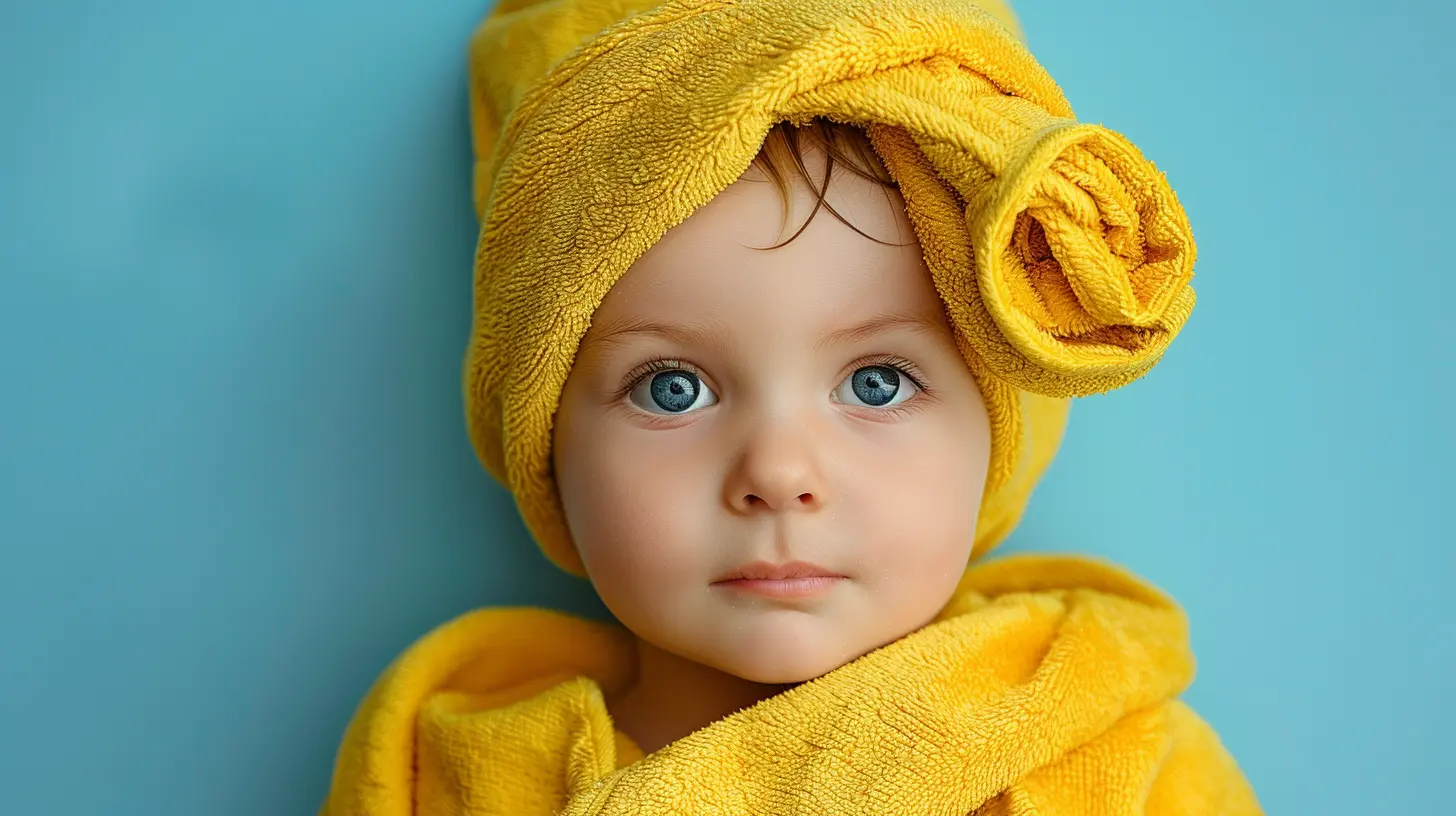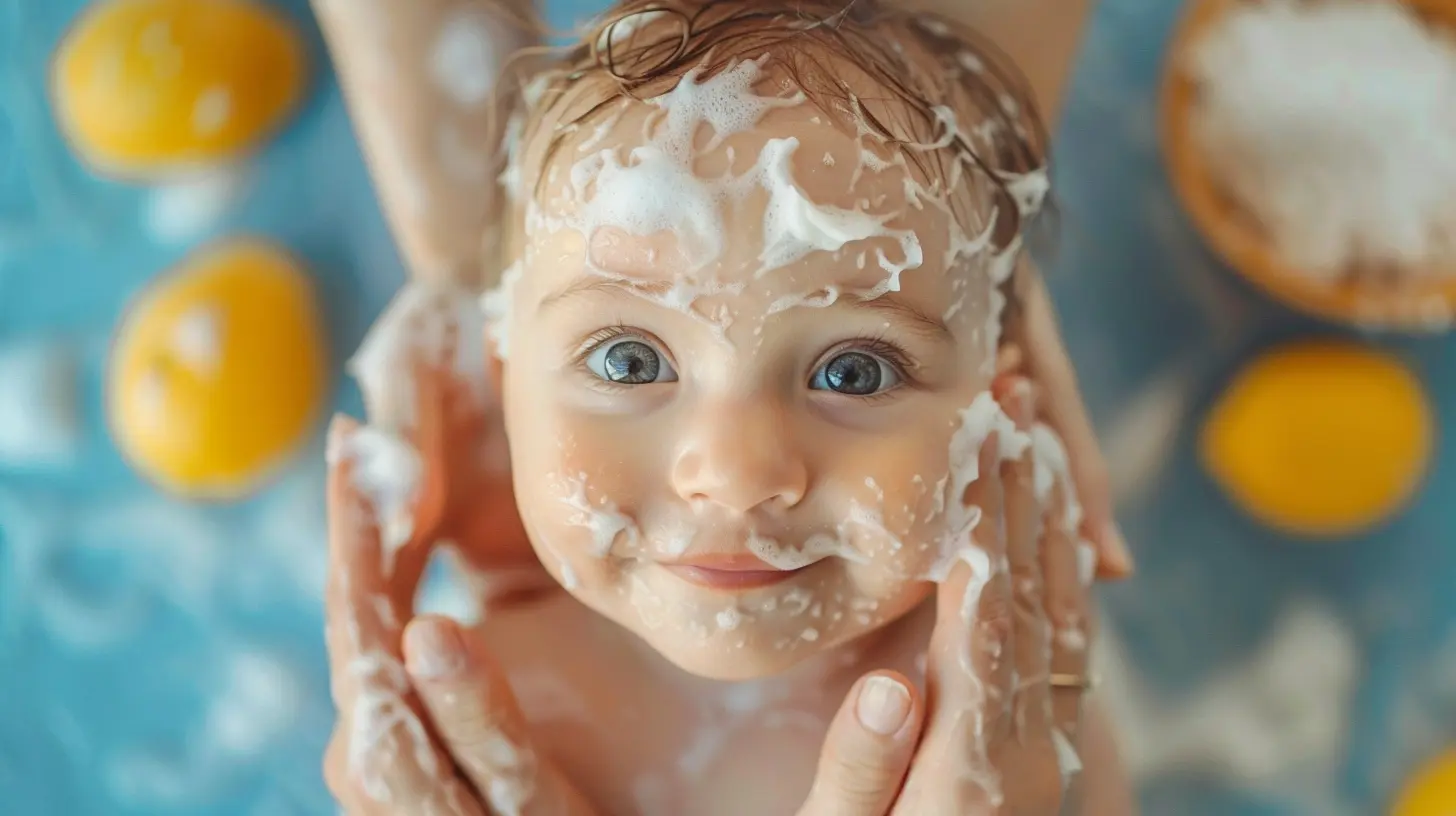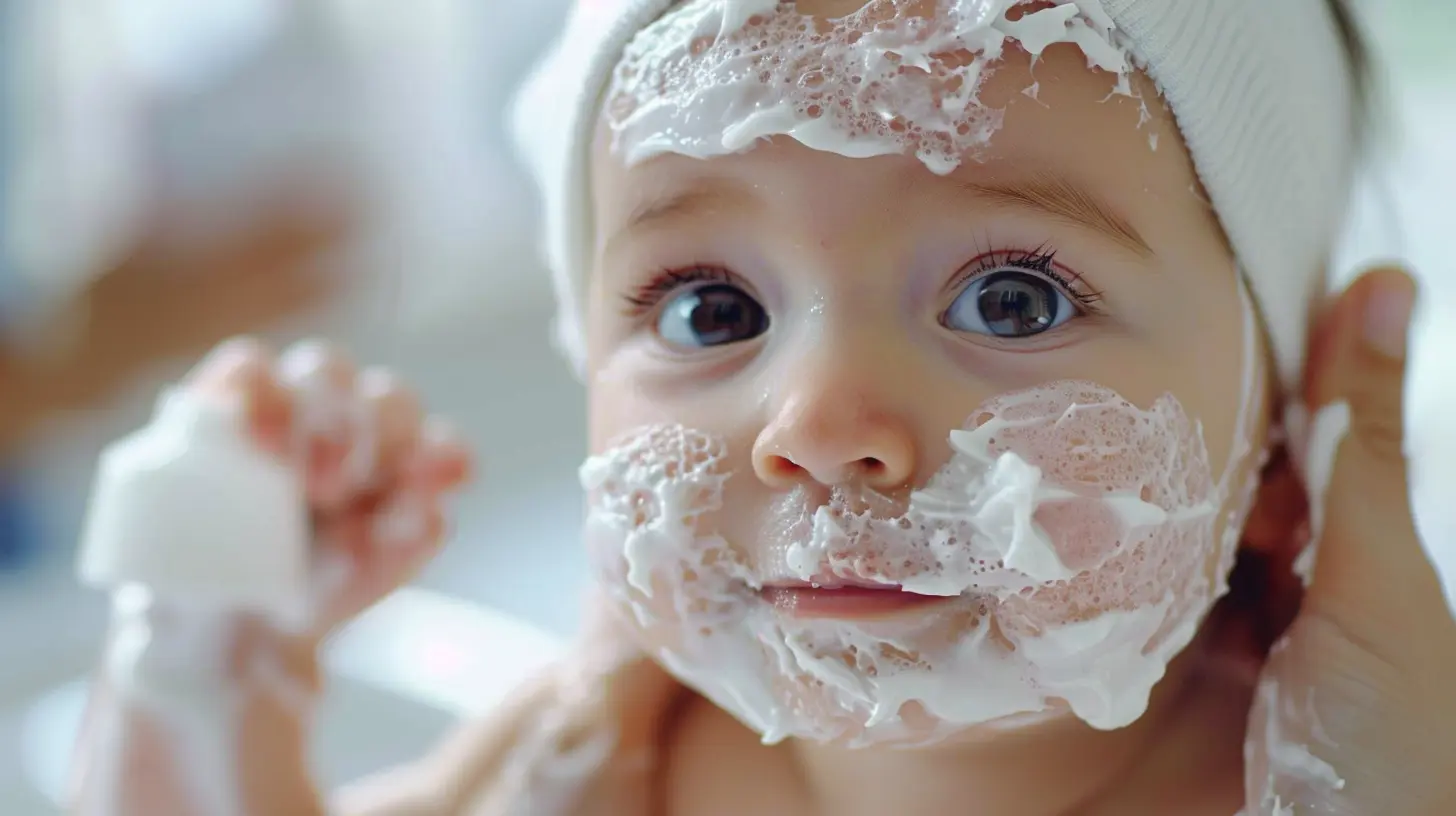Skin Care for Newborns: Avoiding Rashes and Irritations
18 June 2025
Let’s be real—newborn skin is like silk dipped in clouds, soft and delicate beyond belief. But here’s the kicker: it’s also super sensitive to, well... almost everything. From their adorable little onesies to the lotion you slather on them, newborns are prone to rashes, redness, irritation, and all sorts of skin flare-ups. So if you’re a new parent wondering how to keep your baby’s skin smooth and rash-free, you’re absolutely in the right place.
In this no-fluff guide, I’m going to break down exactly what you need to know to keep your baby’s skin happy, healthy, and baby-soft—just how it should be.
Why Is Newborn Skin So Sensitive?
Let’s start with the basics. Newborn skin isn’t just small—it’s still developing. Their skin barrier, which serves as the body’s natural defense against irritants, is thinner and more permeable than ours. That means they’re more susceptible to irritants, allergens, chemicals, and even shifts in temperature or humidity.If we’re being honest, their skin is still learning how to skin.
So naturally, they’re going to be more vulnerable to dry patches, heat rashes, baby acne, cradle cap, and diaper rash. That said, the good news is... most of it’s preventable.
Common Newborn Skin Irritations and What Causes Them
Knowing your enemy is step one in winning the battle. Here’s what you're up against:1. Diaper Rash
The classic. Nearly every baby gets it at some point. Moisture, poop, and friction join forces in the diaper zone to create this very uncomfortable situation.Culprits:
- Prolonged exposure to urine/feces
- Friction from diaper rubbing
- Use of harsh wipes or soaps
- Yeast overgrowth (especially after antibiotics)
2. Baby Acne
Yes, babies get acne too. Those red or white bumps on the cheeks, nose, and forehead? Totally normal.Culprits:
- Hormonal changes
- Overactive oil glands (blame the womb hormones)
- Heat and irritation from fabrics
3. Eczema (Atopic Dermatitis)
If your baby has red, scaly, and often itchy patches, especially on the cheeks or joints, eczema may be the culprit.Culprits:
- Genetics
- Environmental triggers (dust, pet dander)
- Irritating bath products or detergents
4. Heat Rash (Prickly Heat)
Tiny red bumps in skin folds? Probably heat rash. It tends to show up when your little one gets too warm.Culprits:
- Overdressing
- Hot, humid environments
- Sweat getting trapped under the skin
The Golden Rules of Newborn Skin Care
Okay, now that we’ve covered what can go wrong, let’s talk about how to prevent all that madness. Here’s your rulebook:1. Keep It Simple, Momma
Less is more. Don’t overload your baby’s skin with a basket full of products. Newborns don’t need toners or moisturizers with 47 ingredients. Choose one gentle cleanser and one basic moisturizer, and you’re golden.Pro tip: Look for labels that say:
- Fragrance-free
- Hypoallergenic
- Dermatologist-tested
- Paraben-free
Avoid anything that smells like a summer breeze from aisle five. Fragrance means chemicals, and chemicals mean risk.
2. Bathing: Not Every Day, Please
Bathing your baby every single day? Pause. Too much washing strips the natural oils and wrecks their skin barrier.What to do:
- Bath 2–3 times a week tops, unless there’s a blowout situation
- Use lukewarm water, not hot
- Keep baths short and sweet—ideally under 10 mins
- Pat dry gently, then moisturize right away
3. Diaper Duty: Do It Like A Pro
Diaper rash doesn't stand a chance if you’ve got the right routine.Here's your anti-rash diaper game:
- Change diapers frequently (don’t wait for it to stink)
- Gently clean with warm water or a mild wipe
- Air dry when possible—yes, let the tushie breathe!
- Use a barrier cream with zinc oxide
Also, don’t go too crazy with powders. Talc-based versions? Hard no. Cornstarch? Okay in moderation—but keep it away from the baby’s face.
4. Dress Smart: Fabric Matters
Soft, breathable cotton is your best bet. Avoid synthetic fabrics that trap heat and moisture, creating a petri dish for irritation.Laundry tip: Wash new clothes before use in fragrance-free, baby-safe detergent. No need to add fabric softener (a.k.a. chemical soup).
5. Moisturize Like A Boss
Newborn skin gets dry fast. And dry skin is itchy skin.What to use:
- Ointments > creams > lotions (in that order of effectiveness)
- Apply right after bath time for max absorbency
- Stick with products made for babies (Aquaphor, Eucerin, CeraVe Baby)
Bonus points if it has ceramides—those are basically the bricks in your baby’s skin wall.
When to Worry: Red Flags You Shouldn't Ignore
Let’s not spiral into panic, but if something seems off, don’t just Google it and hope for the best. Here's when to call your pediatrician:- Rash spreads rapidly or looks infected (oozing, yellow crusts)
- Your baby seems in pain or is unusually fussy
- Fever with a rash (that’s never good)
- Unusual discoloration (purple spots = get to a doctor, stat)
- Persistent eczema that isn’t improving with ointments
Trust your gut. When in doubt, get it checked out.
Natural Remedies: Are They Safe?
Sure, grandma swears by coconut oil, but natural doesn’t always mean harmless. Some oils clog pores; others can cause allergic reactions.If you're down for the natural route, here are a few that usually pass the test:
- Coconut oil: Anti-inflammatory and moisturizing (great for cradle cap)
- Shea butter: Super hydrating and gentle
- Aloe vera: Soothing, but patch test first
Still, always talk to your pediatrician before trying anything new—yes, even if it came from the health food store.
Skin Care Products to Skip (AKA The No-Go List)
Walk right past these in the baby aisle:- Products with alcohol (dries out the skin)
- Fragrance-loaded lotions and wipes
- Baby powders with talc
- Over-the-counter hydrocortisone creams (unless prescribed)
- Adult soaps or shampoos (way too harsh)
If you can’t pronounce the ingredients, your newborn doesn’t need it.
The Takeaway: Keep It Chill, Keep It Clean, Keep It Kind
Honestly, taking care of your newborn’s skin doesn’t have to become a full-time job. You don’t need 10-step routines or an arsenal of products. Keep their skin clean, dry, and moisturized. Stick with simple, safe ingredients. Stay alert for changes without flipping out over every bump or blemish.And above all, remember: babies are tougher than they look. Their skin is going to adapt and build resilience over time. You’ve got this.
Soft skin, big snuggles, zero rashes—that’s the goal.
Final Thoughts: Because You’re Doing AMAZING
Every parent wants their baby to be comfortable and happy. While skin irritations can be frustrating, they’re also super common and mostly harmless. With a little knowledge and a lot of love, you can totally handle this.Be gentle, be watchful, and be confident. Your baby’s skin will thank you.
all images in this post were generated using AI tools
Category:
Baby CareAuthor:

Tara Henson
Discussion
rate this article
2 comments
Lys McFarland
Gentle products protect delicate skin.
November 15, 2025 at 5:29 AM

Tara Henson
Absolutely! Gentle products are essential for safeguarding newborn skin from rashes and irritations.
Cambria Bennett
Understanding your newborn's skin needs is essential for preventing irritations and fostering healthy development.
June 20, 2025 at 3:25 AM

Tara Henson
Absolutely! Recognizing your newborn's skin needs is crucial for maintaining its health and preventing issues like rashes. Thank you for highlighting this important aspect!


